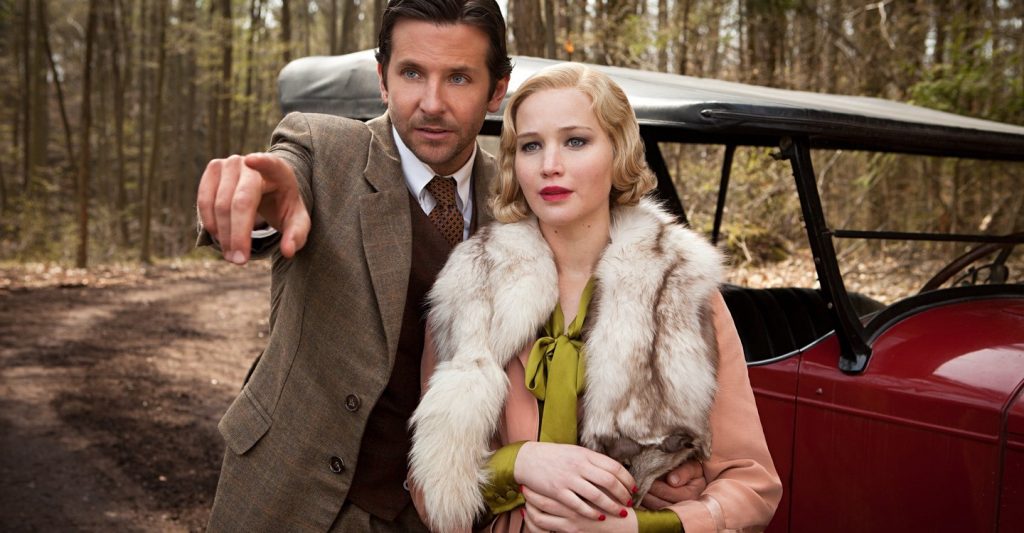
Lumber barons have, believe it or not, been a staple in American cinema for a long time. I am prompted to say this because I have heard a number of people react to the premise of Bradley Cooper and Jennifer Lawrence starring in a lumber drama as if it were a quaint novelty. Granted, it is a sub-genre that is not often employed in this day and age, with the exception of Paul Thomas Anderson’s There Will Be Blood (2007), so is the genre of the oil baron drama. Yet each sub-genre shares a singular conceptual thread; the disillusion of morality in the face of capitalist gain. This is the very crux of Written On The Wind (dir. Douglas Sirk, 1956), Giant (dir. George Stevens, 1956), The Strange Woman (dir. Edgar G. Ulmer, 1946) and Come & Get It (dirs. Howard Hawks & William Wyler, 1936).
But unlike the dramas of oil barons and their industry, the lumber baron drama has a visual allegiance to an entirely unrelated film genre, the western. Like westerns, these films about logging in the wilderness are so rooted in the visual textures of nature that they adorn, intentionally or not, the romanticism of the western genre, the idealistic certainty of the Westward expansion. With Serena (2014) director Susanne Bier wisely embraces this element of the genre, utilizing a number of cutaways and establishing shots of the North Carolina mountain ranges to give an expressionistic reflection of the protagonists’ psychological and emotional states at any given time. The manner in which these nature shots linger owe a debt to films by Werner Herzog and Terrence Malick, though Bier appears to have some difficulty wedding this aesthetic with the performances of her lead actors.
Cooper and Lawrence’s portrayals of the Pembertons are melodramatic to the point of camp, a fact that isn’t at all odd when one considers the supernatural (second sight) and all together gothic elements of the narrative. This union of camp with the gothic can also be seen in Ulmer’s lumber baron drama The Strange Woman, supporting the relative success this combination of filmic elements is capable of. However the style in which Bier captures her characters, an intensely realist approach to the visual language of these scenes, does much to undermine both the camp and the gothic elements entrenched in the films material. Ulmer, representing the opposition to social realism and therefore Bier’s aesthetic, preferred The Strange Woman to be theatrical in its visual language, capturing the performances of Heddy Lamarr and George Sanders through a gloss of obvious artifice indebted to the theories of Bertolt Brecht. Bier, on the other hand, is rooted in the contemporary trends of realism best exemplified in the films of Steve McQueen and Andrea Arnold.
